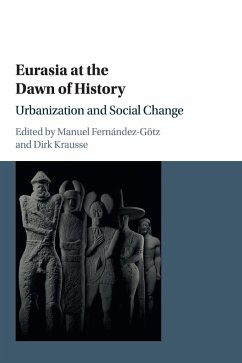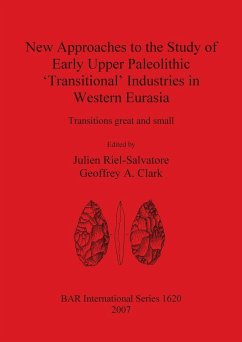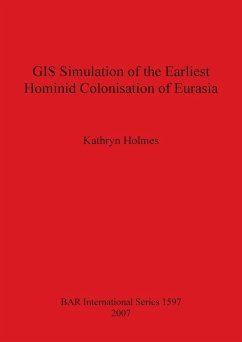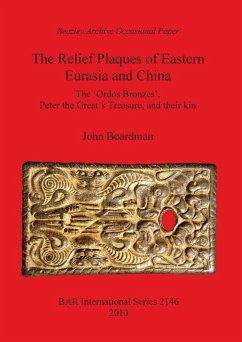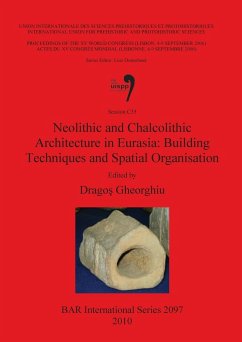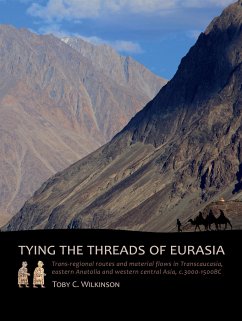
The Making of Bronze Age Eurasia
Versandkostenfrei!
Versandfertig in 1-2 Wochen
113,99 €
inkl. MwSt.
Weitere Ausgaben:

PAYBACK Punkte
57 °P sammeln!
This book provides an overview of Bronze Age societies of Western Eurasia through an investigation of the archaeological record. The Making of Bronze Age Eurasia outlines the long-term processes and patterns of interaction that link these groups together in a shared historical trajectory of development. Interactions took the form of the exchange of raw materials and finished goods, the spread and sharing of technologies, and the movements of peoples from one region to another. Kohl reconstructs economic activities from subsistence practices to the production and exchange of metals and other ma...
This book provides an overview of Bronze Age societies of Western Eurasia through an investigation of the archaeological record. The Making of Bronze Age Eurasia outlines the long-term processes and patterns of interaction that link these groups together in a shared historical trajectory of development. Interactions took the form of the exchange of raw materials and finished goods, the spread and sharing of technologies, and the movements of peoples from one region to another. Kohl reconstructs economic activities from subsistence practices to the production and exchange of metals and other materials. Kohl also argues forcefully that the main task of the archaeologist should be to write culture-history on a spatially and temporally grand scale in an effort to detect large, macrohistorical processes of interaction and shared development.






